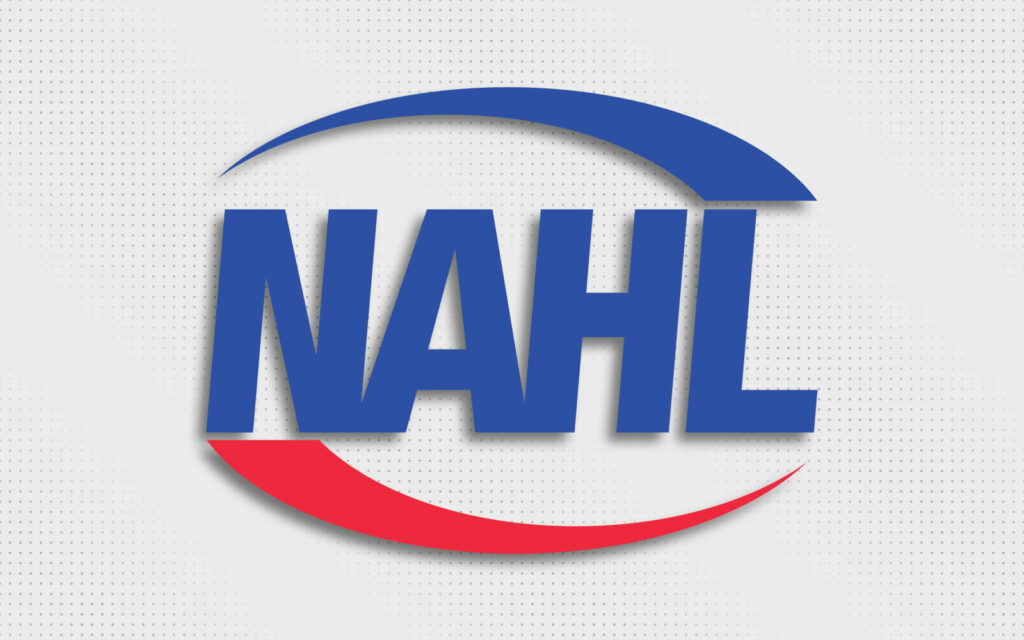AUGUST 1, 2016 Editors Note: This story originally ran on June 24th. It has been updated to reflect the final and record-breaking commitment numbers from the 2015-16 season. As the calendar turns to August, the North American Hockey League (NAHL) now resets its NCAA commitments for the upcoming 2016-17 season, which will be the 41st…
AUGUST 1, 2016 Editors Note: This story originally ran on June 24th. It has been updated to reflect the final and record-breaking commitment numbers from the 2015-16 season. As the calendar turns to August, the North American Hockey League (NAHL) now resets its NCAA commitments for the upcoming 2016-17 season, which will be the 41st…


